Home>Garden Essentials>What Temperature Do Plants Germinate In
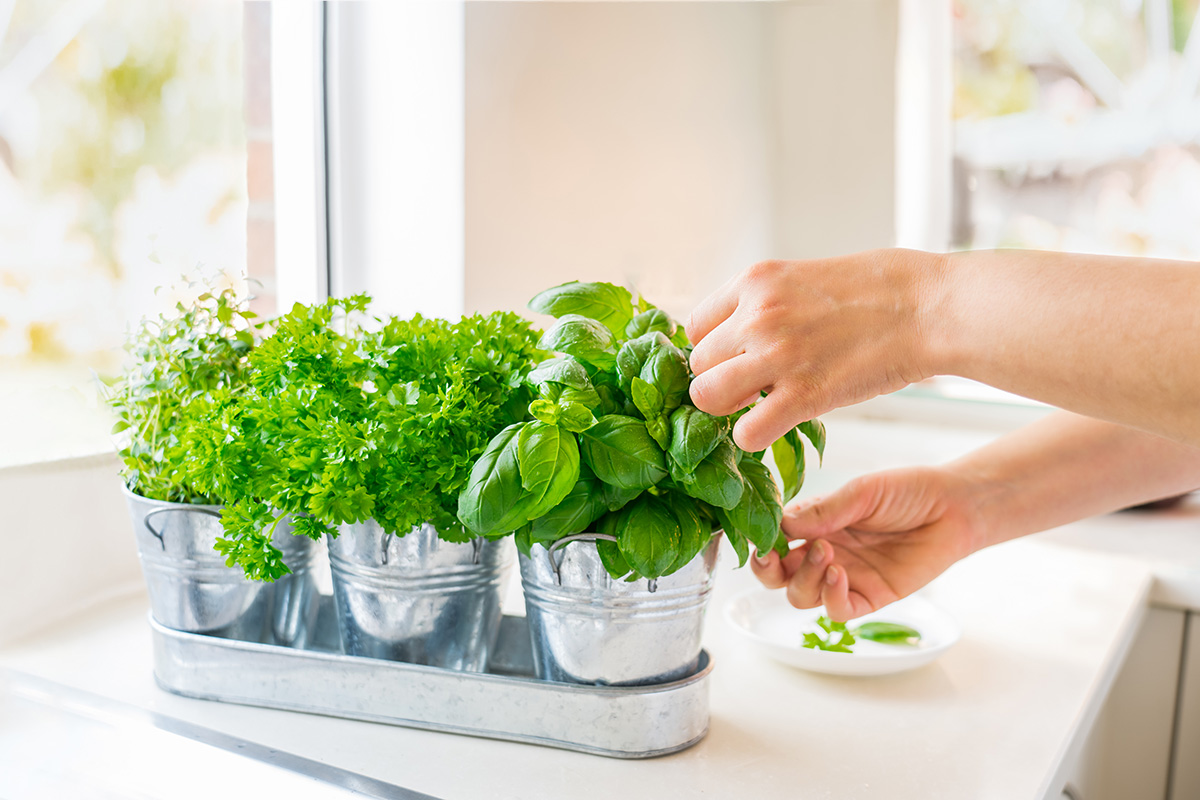

Garden Essentials
What Temperature Do Plants Germinate In
Modified: March 24, 2024
Learn about the optimal garden temperature for plant germination and ensure successful growth. Discover the ideal conditions for your garden's plant life.
(Many of the links in this article redirect to a specific reviewed product. Your purchase of these products through affiliate links helps to generate commission for Storables.com, at no extra cost. Learn more)
Introduction
Welcome to the fascinating world of plant germination! Germination is the process by which a seed transforms into a sprouted seedling and begins its journey towards becoming a full-grown plant. Temperature plays a critical role in this process, as it directly affects the speed and success of germination. Understanding the optimal temperature conditions for germination is essential for any gardener or enthusiast looking to grow healthy and thriving plants.
In this article, we will explore the factors that influence germination temperature, the optimal germination temperatures for common plants, and the specific temperature requirements of different plant families. We will also delve into the potential effects of temperature extremes on germination and discuss techniques for controlling germination temperature in various environments.
So, whether you’re a novice gardener starting your first seedlings or an experienced horticulturalist seeking to expand your knowledge, let’s dive into the world of germination temperatures and unlock the secrets to successful plant growth!
Key Takeaways:
- Understanding the ideal temperature for seed germination is crucial for successful gardening. Factors like seed biology, water availability, and nutrient uptake all play a role in creating the perfect conditions for healthy plant growth.
- Extreme temperatures, whether too hot or too cold, can hinder seed germination. Techniques like indoor seed starting, cold stratification, and heat scarification can help manipulate the temperature for optimal germination success.
Read more: What Temperature Do Onions Germinate
Factors Affecting Germination Temperature
Germination temperature is influenced by several key factors that interact to create the ideal conditions for seeds to sprout. These factors include:
1. Seed Biology: Different plants have varying germination temperature requirements based on their genetic makeup. Some plants prefer cooler temperatures, while others thrive in warmer conditions. This is why it’s crucial to understand the specific needs of the plants you’re growing.
2. Seed Dormancy: Some seeds have a built-in dormancy mechanism, which prevents germination until specific conditions are met. Temperature cues are often one of the triggers that signal a seed to break dormancy and start the germination process.
3. Enzyme Activity: Germination is a biochemical process that involves the activation of enzymes within the seed. Temperature directly affects enzyme activity, with each enzyme having an optimal temperature range for maximum efficiency. Deviating from this range can hinder or even halt germination.
4. Water Availability: Water is essential for seed germination, as it triggers the rehydration and activation of the embryo within the seed. Temperature affects water uptake by influencing the rate of water absorption and retention in the seed.
5. Oxygen Requirements: Oxygen is necessary for aerobic respiration during germination. Higher temperatures increase the demand for oxygen, so proper aeration is crucial to ensure successful seed germination.
6. Light Sensitivity: While temperature is the primary factor affecting germination, some seeds are also sensitive to light. Light can either stimulate or inhibit germination depending on the plant species.
7. Nutrient Availability: Seeds require essential nutrients for germination, such as nitrogen, phosphorus, and potassium. Temperature influences nutrient availability and uptake by affecting soil microbial activity and nutrient solubility.
8. Microbial Interactions: Soil microorganisms play a vital role in seed germination by promoting the breakdown of seed coatings and releasing growth-promoting substances. Temperature affects microbial activity and, in turn, influences germination success.
Understanding these factors is essential for providing the optimal temperature conditions required for successful seed germination. By carefully considering these influences, you can set the stage for healthy plant growth right from the start.
Optimal Germination Temperatures for Common Plants
Each plant species has its own unique germination requirements, including temperature preferences. Understanding the optimal germination temperatures for common plants can greatly improve the success rate of your seedlings. Here are the ideal temperature ranges for some popular plant varieties:
1. Cool-Season Vegetables: Cool-season crops like lettuce, spinach, and peas prefer cooler temperatures for germination. The optimal range for these plants is typically between 45°F (7°C) and 75°F (24°C). Germination can occur outside of this range, but it may be slower or less successful.
2. Warm-Season Vegetables: Tomatoes, peppers, and cucumbers are warm-season vegetables that require higher temperatures for germination. The ideal range for these plants is around 70°F (21°C) to 90°F (32°C). Providing consistent warmth will encourage faster and more successful germination.
3. Herbs: Many herbs like basil, parsley, and cilantro have similar germination temperature preferences as warm-season vegetables. Aim for a range of around 60°F (15°C) to 80°F (27°C) to ensure optimal germination.
4. Flowers: Germination temperature requirements can vary greatly among different flower species. However, most annual flowers tend to prefer warmer temperatures between 65°F (18°C) and 75°F (24°C). Perennial flowers may have slightly cooler or warmer preferences, so it’s important to research specific varieties for the best results.
5. Grasses: Whether you’re growing a lush lawn or sprouting ornamental grasses, the optimal germination temperature for most grass species is around 50°F (10°C) to 75°F (24°C). Keep in mind that some specialized grasses, like warm-season turfgrasses, may require higher temperatures for germination.
6. Succulents and Cacti: These desert-dwelling plants thrive in warmer temperatures. Aim for a range of 70°F (21°C) to 85°F (29°C) for successful germination. Providing well-draining soil and occasional misting can also aid in the germination process.
7. Trees and Shrubs: Tree and shrub seeds often have specific temperature requirements depending on their species. Some may require a period of cold stratification (exposure to cool temperatures) to break dormancy. Researching the specific needs of the tree or shrub you’re growing is essential for successful germination.
Remember that these temperature ranges serve as general guidelines and can vary slightly depending on factors like soil moisture and seed quality. By providing the optimal germination temperatures for common plants, you’ll set the stage for healthy seedlings that will thrive as they grow.
Germination Temperature Requirements for Specific Plant Families
While knowing the optimal germination temperatures for common plants is helpful, understanding the specific temperature requirements of different plant families can further enhance your gardening success. Here are the germination temperature preferences for some popular plant families:
1. Brassicaceae Family: Plants in the Brassicaceae family, such as broccoli, cabbage, and kale, generally prefer cooler temperatures for germination. The ideal range is around 50°F (10°C) to 75°F (24°C), although some varieties may tolerate slightly warmer temperatures.
2. Solanaceae Family: The Solanaceae family includes tomatoes, peppers, and eggplants. These warm-season plants require higher germination temperatures, typically ranging from 70°F (21°C) to 85°F (29°C) to ensure successful sprouting.
3. Poaceae Family: Commonly known as grasses, the Poaceae family includes lawn grasses and cereal crops like wheat and corn. Germination temperature requirements for grasses can vary, but most fall within the range of 50°F (10°C) to 75°F (24°C).
4. Fabaceae Family: Legumes, such as beans, peas, and lentils, are part of the Fabaceae family. These nitrogen-fixing plants prefer moderate temperatures for germination, typically around 60°F (15°C) to 80°F (27°C).
5. Apiaceae Family: Herbs like dill, cilantro, and parsley belong to the Apiaceae family. These plants have germination temperature preferences similar to warm-season vegetables, ranging from 70°F (21°C) to 85°F (29°C).
6. Asteraceae Family: The Asteraceae family includes sunflowers, daisies, and marigolds. Germination temperature requirements for these flowers generally range from 60°F (15°C) to 75°F (24°C).
7. Orchidaceae Family: Orchids are a diverse plant family with specific germination temperature requirements. Depending on the orchid species, optimal germination temperatures can vary widely, ranging from cool temperatures (around 60°F/15°C) to warm temperatures (around 80°F/27°C).
Remember, these temperature preferences are general guidelines and may vary slightly depending on the specific variety or cultivar. Always refer to seed packets or consult reliable sources for accurate germination temperature information for the plants you’re growing.
By understanding the germination temperature requirements of different plant families, you’ll be better equipped to create the ideal growing conditions and support the successful sprouting and growth of your plants.
Seeds germinate best at temperatures between 65-75°F (18-24°C). It’s important to provide the right temperature for the specific plant species you are trying to grow from seed.
Effects of Temperature Extremes on Germination
While temperature is crucial for successful germination, extreme temperatures can have detrimental effects on the process. Let’s explore how temperature extremes can impact germination:
1. Heat Stress: Excessive heat can inhibit germination by denaturing proteins and enzymes essential for the germination process. High temperatures can also lead to increased water evaporation, drying out the seeds and hindering their ability to absorb moisture and sprout. Additionally, heat stress can cause seed dormancy to break prematurely, leading to irregular or unsuccessful germination.
2. Cold Stress: Extreme cold can delay or prevent germination altogether. Cold temperatures slow down metabolic activity, including enzyme activity, which is necessary for the germination process. Some seeds may require a period of cold stratification to break dormancy, but prolonged exposure to freezing temperatures can damage the seeds and inhibit germination.
3. Temperature Fluctuations: Rapid temperature fluctuations can disrupt germination by confusing the seeds and interrupting the synchronization of biochemical processes. It can also lead to uneven germination or the production of weak and unhealthy seedlings. Consistency in temperature is crucial for achieving optimal germination rates.
4. Inhibition of Enzyme Activity: Temperature extremes, whether too high or too low, can negatively impact enzyme activity. Enzymes play a crucial role in breaking down stored nutrients in the seed and activating biochemical processes necessary for germination. Extreme temperatures can either denature or inhibit enzyme activity, hampering the germination process.
5. Reduced Water Uptake: Extreme temperatures can affect the ability of seeds to absorb and retain water. High temperatures can lead to excessive water loss through evaporation, while low temperatures can inhibit water uptake. Without sufficient water, seeds struggle to activate the enzymes necessary for sprouting and subsequent seedling growth.
6. Impact on Seed Viability: Extreme temperatures can reduce seed viability, meaning that seeds may not retain their ability to germinate. High temperatures can cause premature aging and diminish seed viability, while extremely low temperatures can damage cell structures and disrupt the seed’s ability to function properly.
It is important to create a favorable environment for germination by providing consistent and optimal temperatures. This can be achieved by utilizing techniques such as seed starting indoors or using protective coverings to shield seeds from extreme weather conditions.
By recognizing the effects of temperature extremes on germination, you can take the necessary precautions to ensure your seeds have the best chance of sprouting and developing into healthy and robust plants.
Read more: What Soil Temperature Do Weeds Germinate
Germination Temperature Techniques for Different Environments
Creating the ideal germination temperature can be challenging, especially in different environmental conditions. However, with the right techniques, you can manipulate the temperature to provide optimal conditions for successful seed germination. Here are some techniques for different environments:
1. Indoor Germination: Starting seeds indoors gives you greater control over temperature conditions. Use a seed-starting heat mat or a designated germination chamber to provide consistent warmth. Set the temperature according to the specific requirements of the plants you’re growing, utilizing a thermometer to monitor and adjust as needed.
2. Outdoor Germination: Outdoor germination can be trickier due to the natural temperature fluctuations. One technique is to sow seeds slightly later in the season when soil temperatures are consistently within the desired range. To warm the soil and promote germination, cover the planting area with plastic mulch or use specially designed cold frames or cloches that trap heat and create a controlled microclimate for the seeds.
3. Cold Stratification: Some seeds, particularly those from temperate climates, require a period of cold stratification to break dormancy and initiate germination. This mimics the natural conditions seeds experience during the winter. To cold stratify, place the seeds in a moist medium, such as vermiculite or peat moss, and refrigerate them for the recommended period. Then, transfer them to a warmer environment to encourage germination.
4. Warm Stratification: Conversely, some seeds, particularly those from tropical or subtropical regions, require warm stratification to stimulate germination. These seeds benefit from exposure to higher temperatures for a specific period. Place the seeds in a moist medium, such as a damp paper towel, and store them in a warm location, such as on top of the refrigerator or in a heated propagator, for the recommended duration.
5. Heat Scarification: For seeds with hard or impermeable seed coats, such as some legumes, heat scarification can be used to enhance germination. This technique involves briefly exposing the seeds to a high-temperature source, such as hot water or an open flame, to create small cracks or soften the seed coat. This allows water to penetrate the seed and kick-start germination.
6. Floating Seed Trays: In areas with hot climates, floating seed trays can be used to keep germinating seeds cooler. Place the seed containers inside larger trays filled with water, creating a cooling effect through evaporative process and maintaining more stable temperatures for germination.
Remember, it’s essential to refer to specific plant guidelines or reliable sources to determine the temperature requirements and suitable techniques for the particular seeds you’re working with. By utilizing these techniques, you can optimize germination temperature and increase your chances of successful seedling establishment, regardless of the environmental conditions you are working with.
Conclusion
The temperature at which seeds germinate plays a crucial role in the success and health of your plants. Understanding the factors that influence germination temperature, as well as the optimal temperature ranges for different plant varieties and families, is essential for maximizing your gardening success.
Factors such as seed biology, water availability, oxygen requirements, and nutrient availability all interact to create the ideal conditions for germination. By providing the optimal germination temperature, you set the stage for healthy seedling growth and ensure the best chances of your plants thriving.
Extreme temperatures, whether they are excessively high or low, can hinder germination and impact seed viability. Heat stress can denature proteins and enzymes, while cold stress can delay or prevent germination altogether. Rapid temperature fluctuations can disrupt synchronization and result in irregular germination. It is important to be mindful of these temperature extremes and take appropriate measures to mitigate their effects.
Germination temperature techniques differ depending on the environment in which you are growing your plants. Whether you are starting seeds indoors, germinating outdoors, or employing specialized techniques like cold stratification or heat scarification, there are various methods to manipulate and control the temperature for optimal germination.
In conclusion, by understanding the factors that affect germination temperature, knowing the specific temperature requirements for different plants and families, and employing suitable germination techniques, you can increase the success rate of your seeds and enjoy healthy and thriving plants.
So, as you embark on your gardening journey, remember the crucial role temperature plays in the germination process, and strive to provide the optimal conditions for your seeds to sprout, grow, and flourish. Happy gardening!
Frequently Asked Questions about What Temperature Do Plants Germinate In
Was this page helpful?
At Storables.com, we guarantee accurate and reliable information. Our content, validated by Expert Board Contributors, is crafted following stringent Editorial Policies. We're committed to providing you with well-researched, expert-backed insights for all your informational needs.
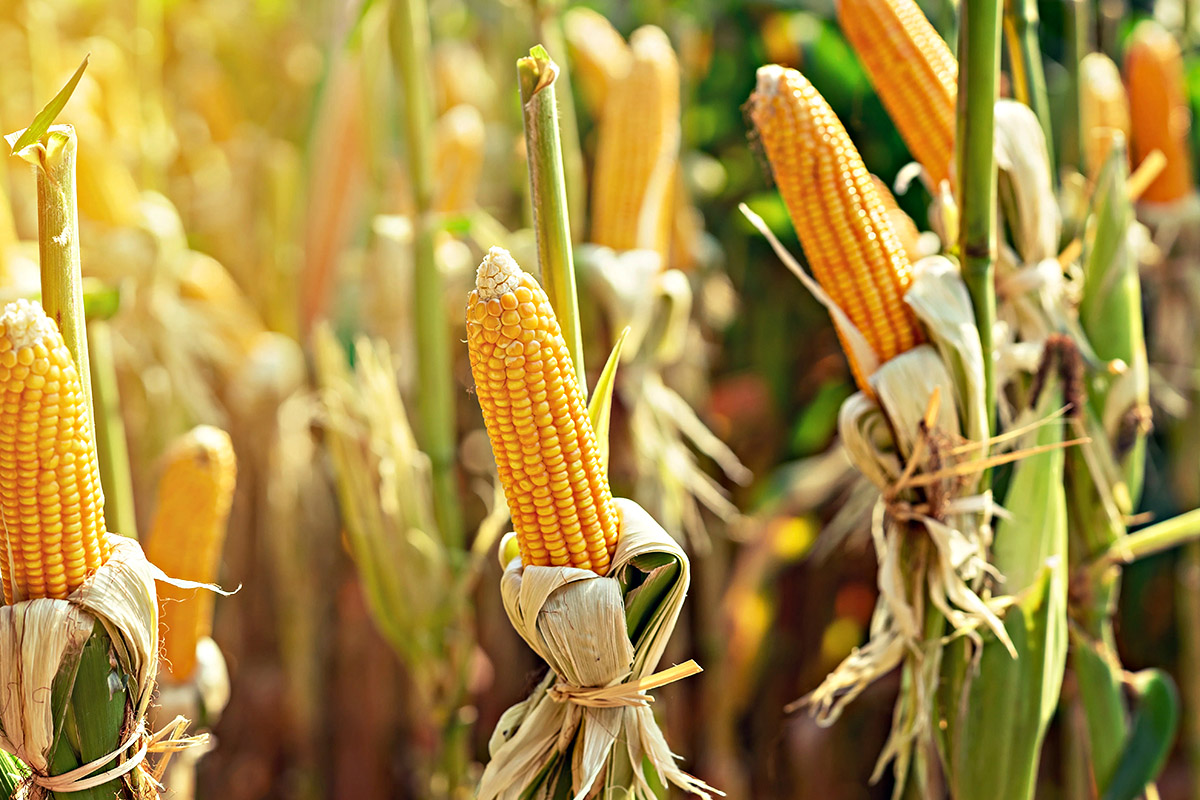
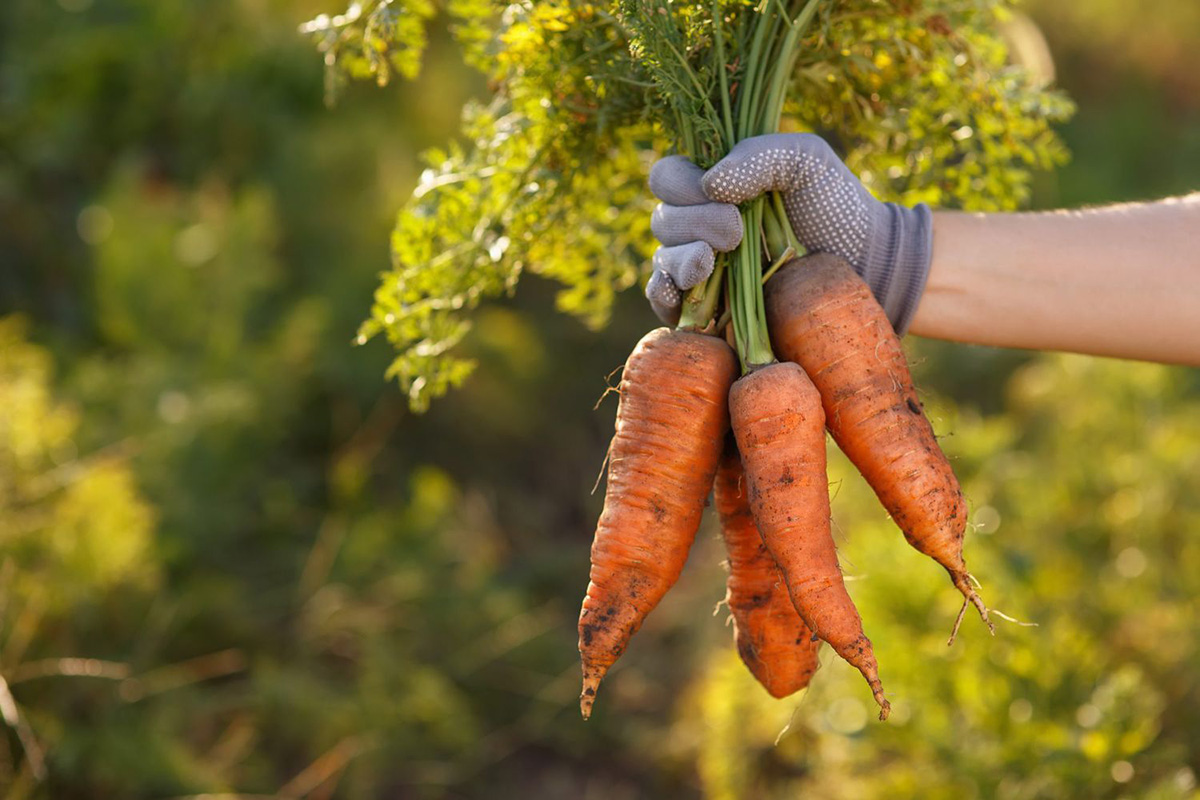
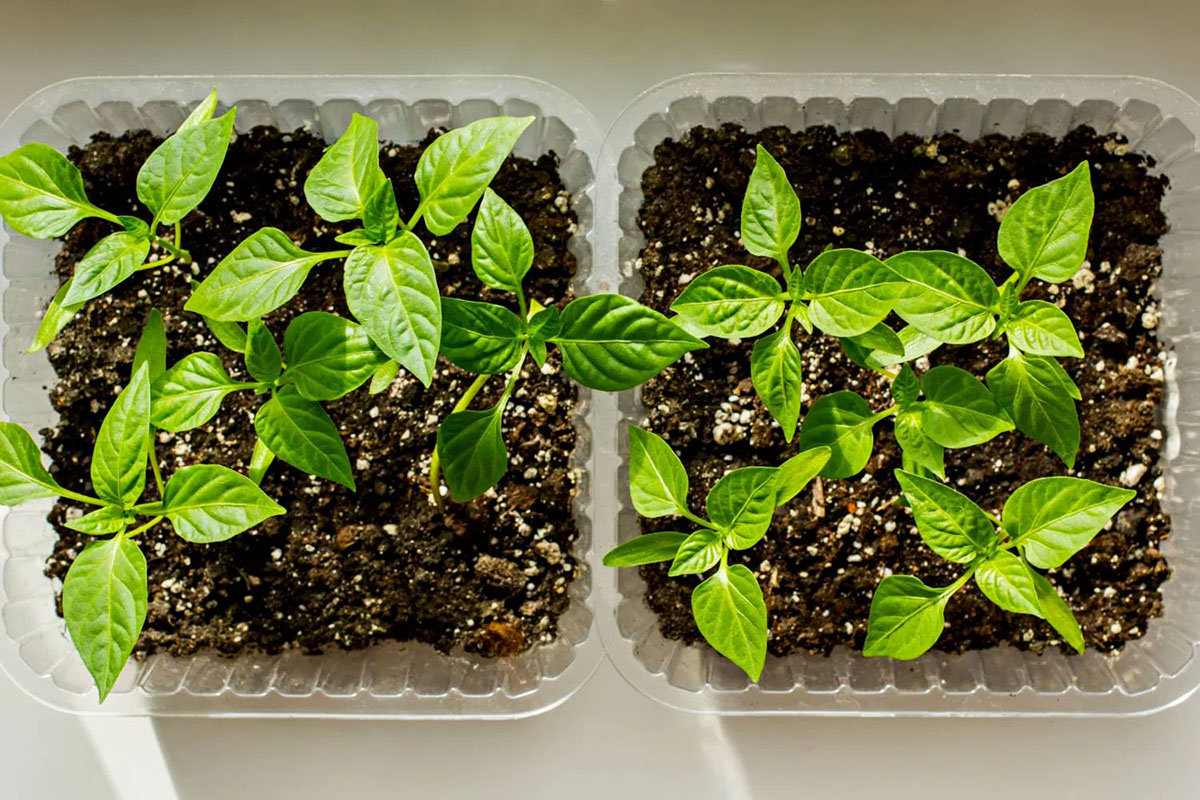
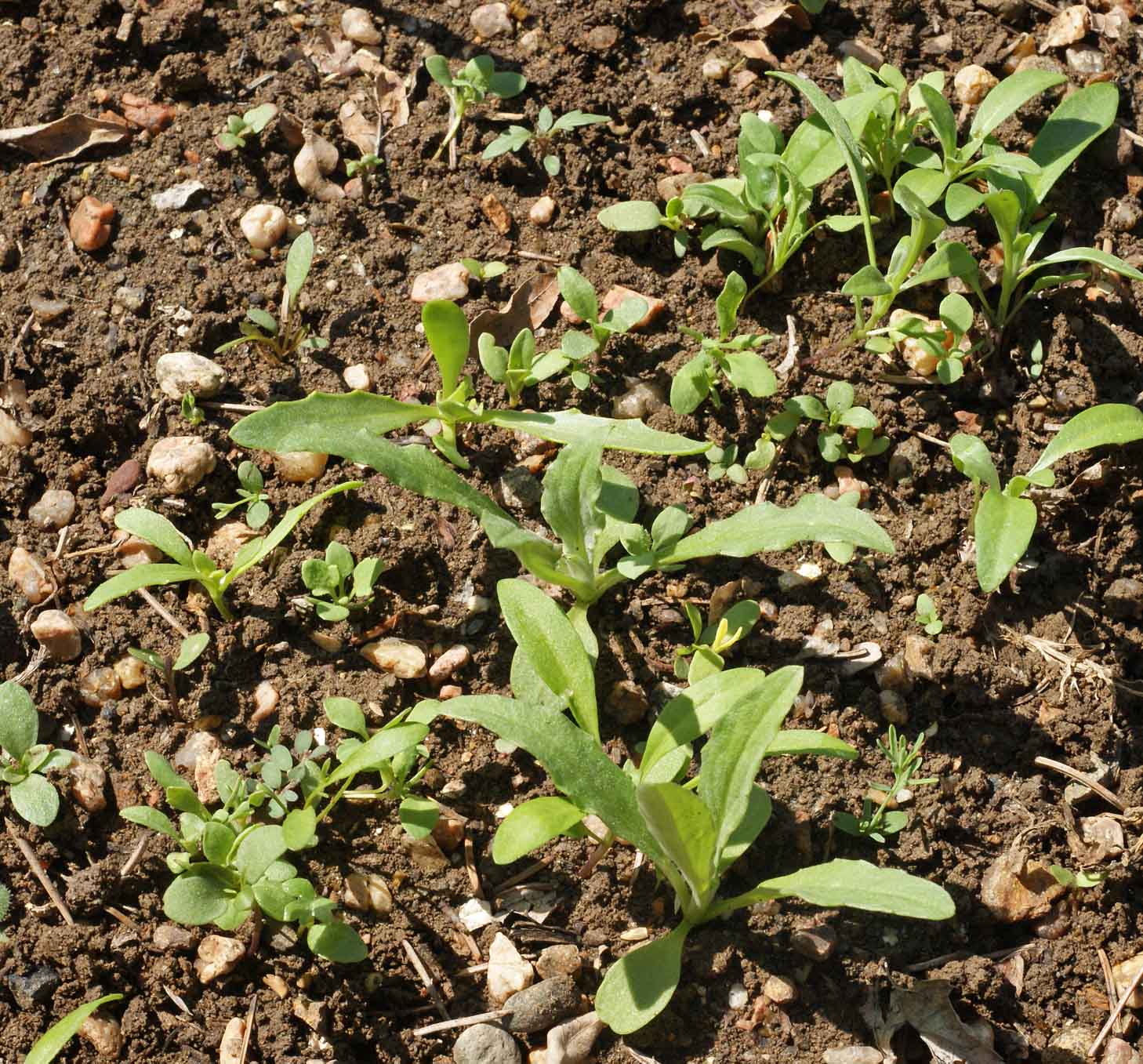
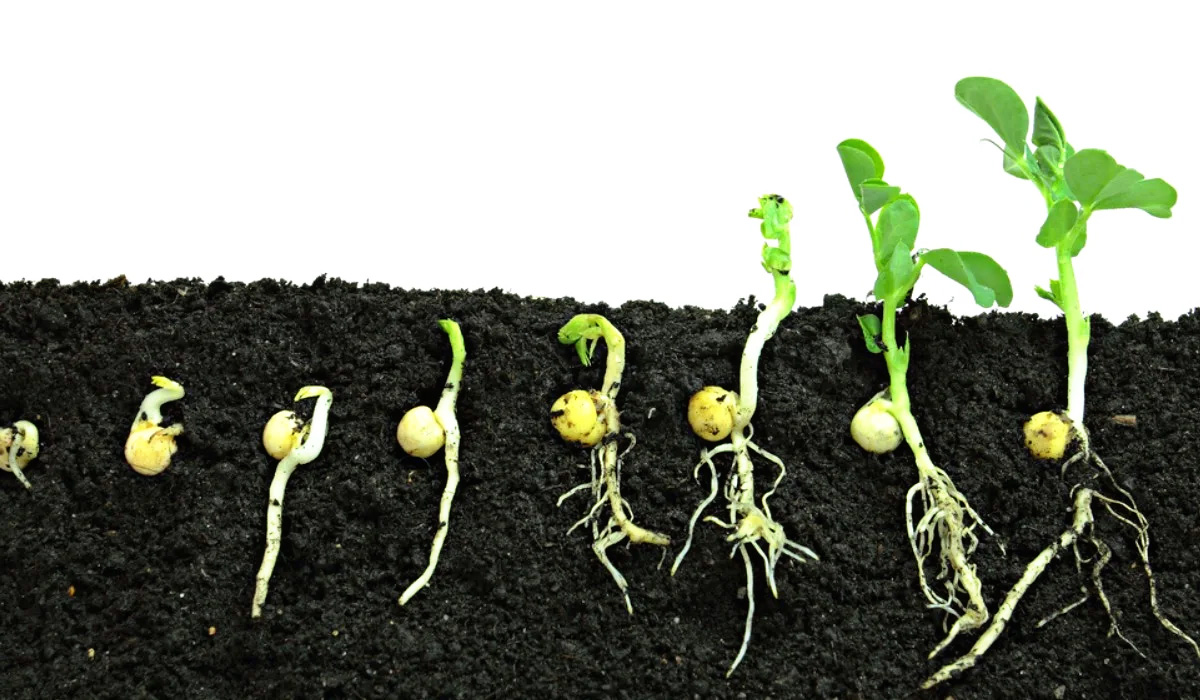
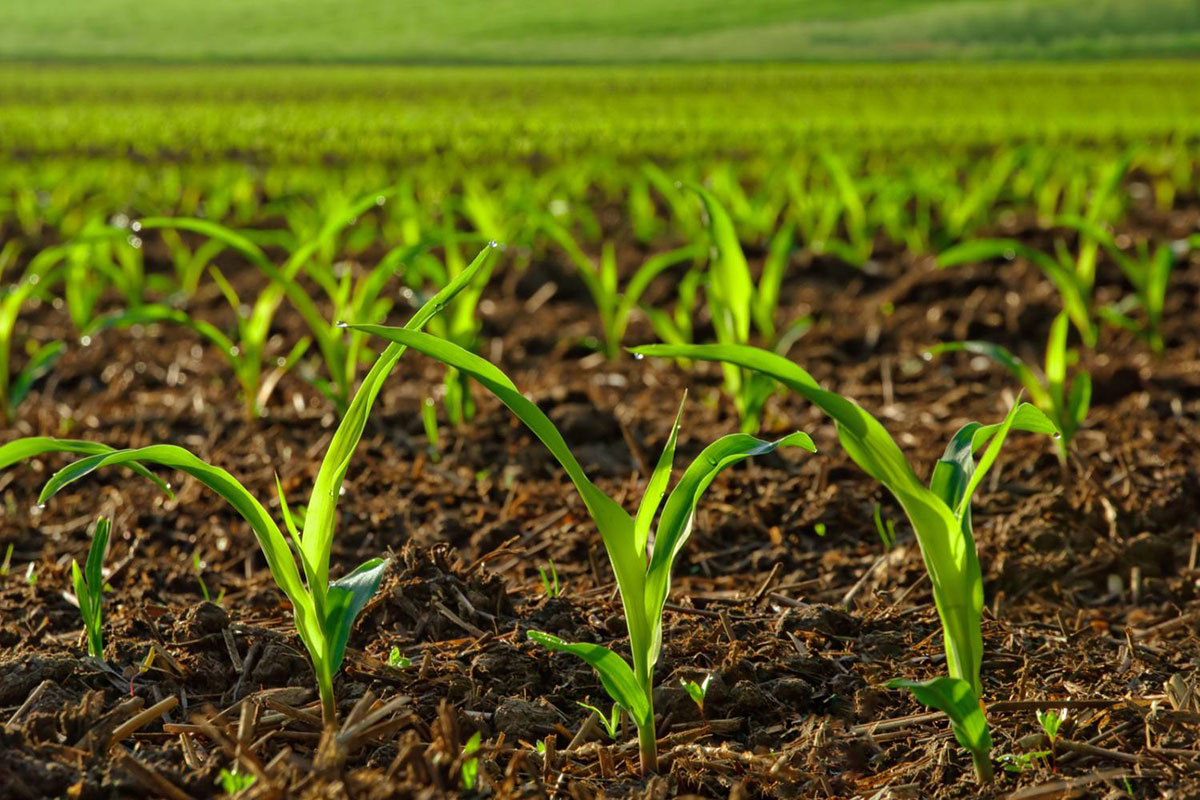
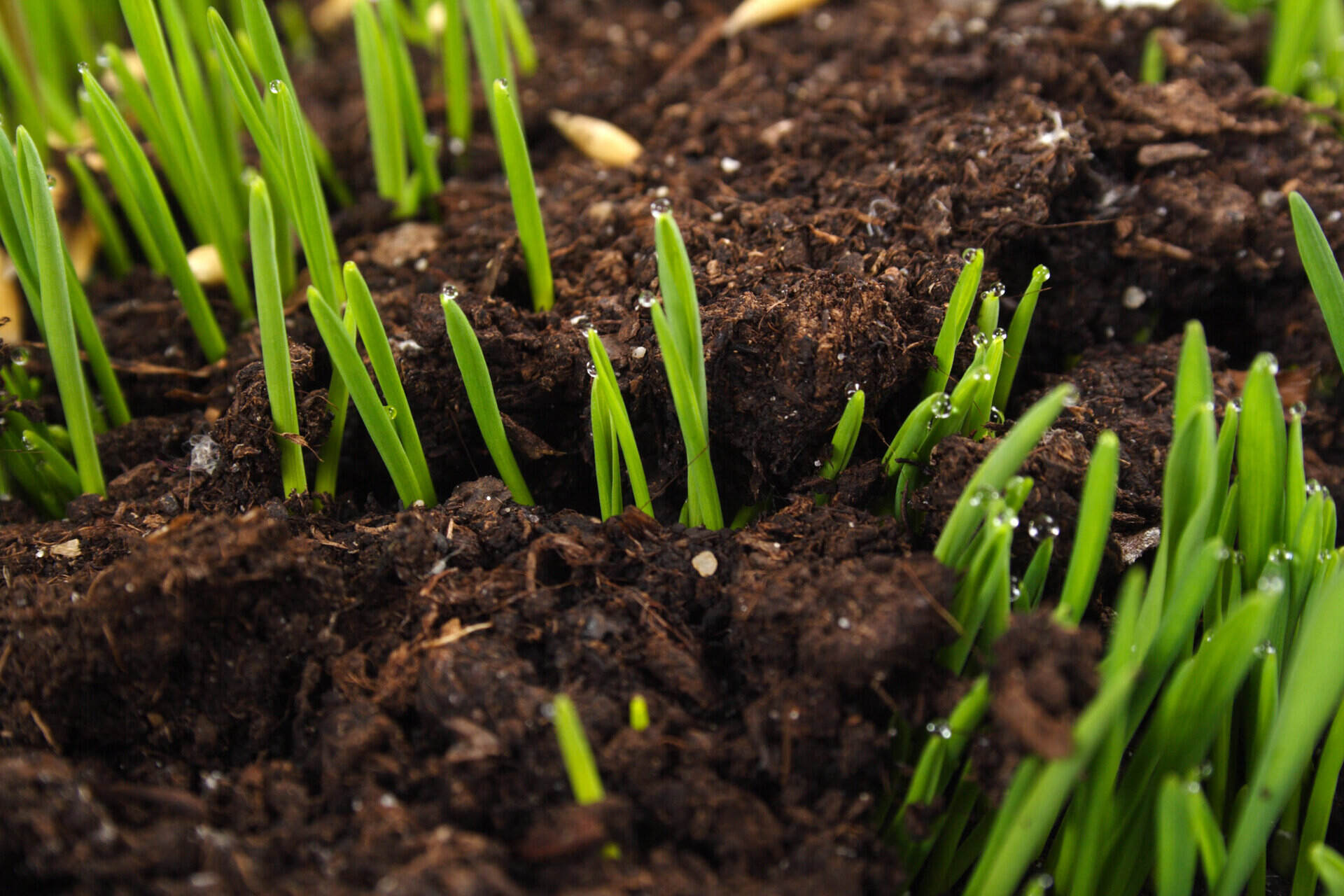
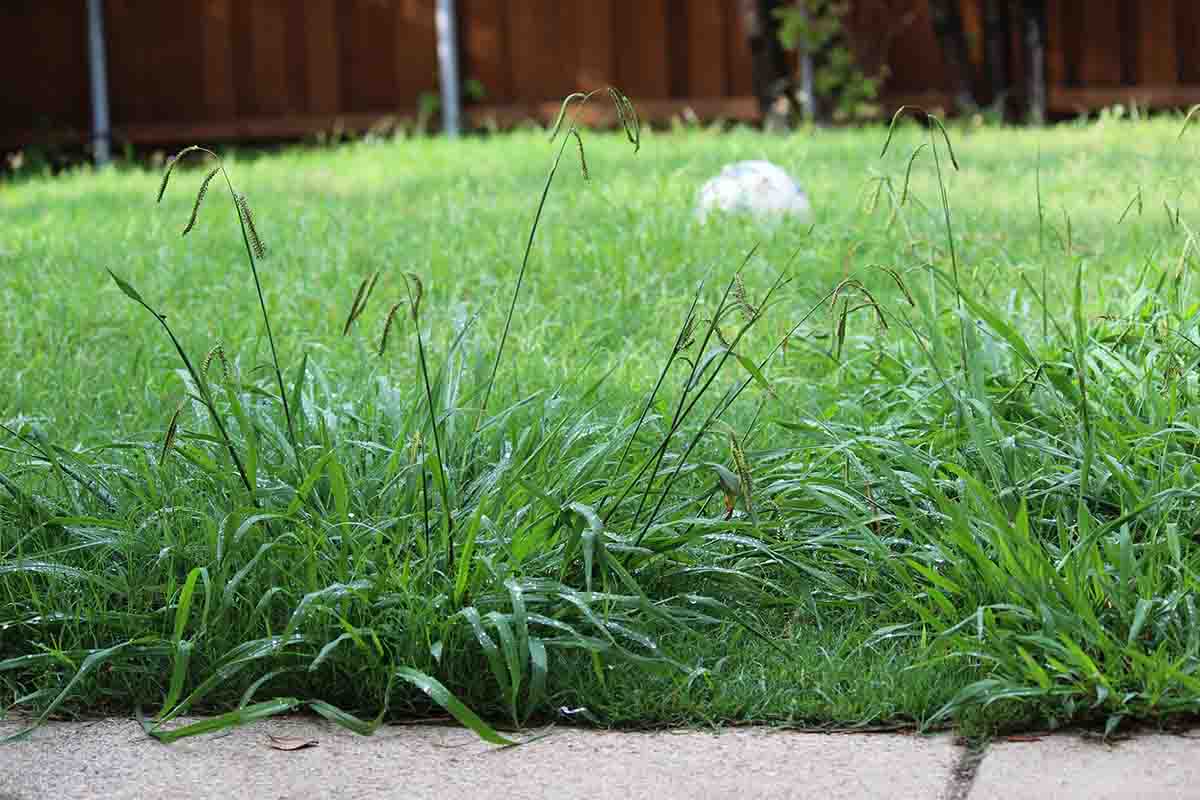
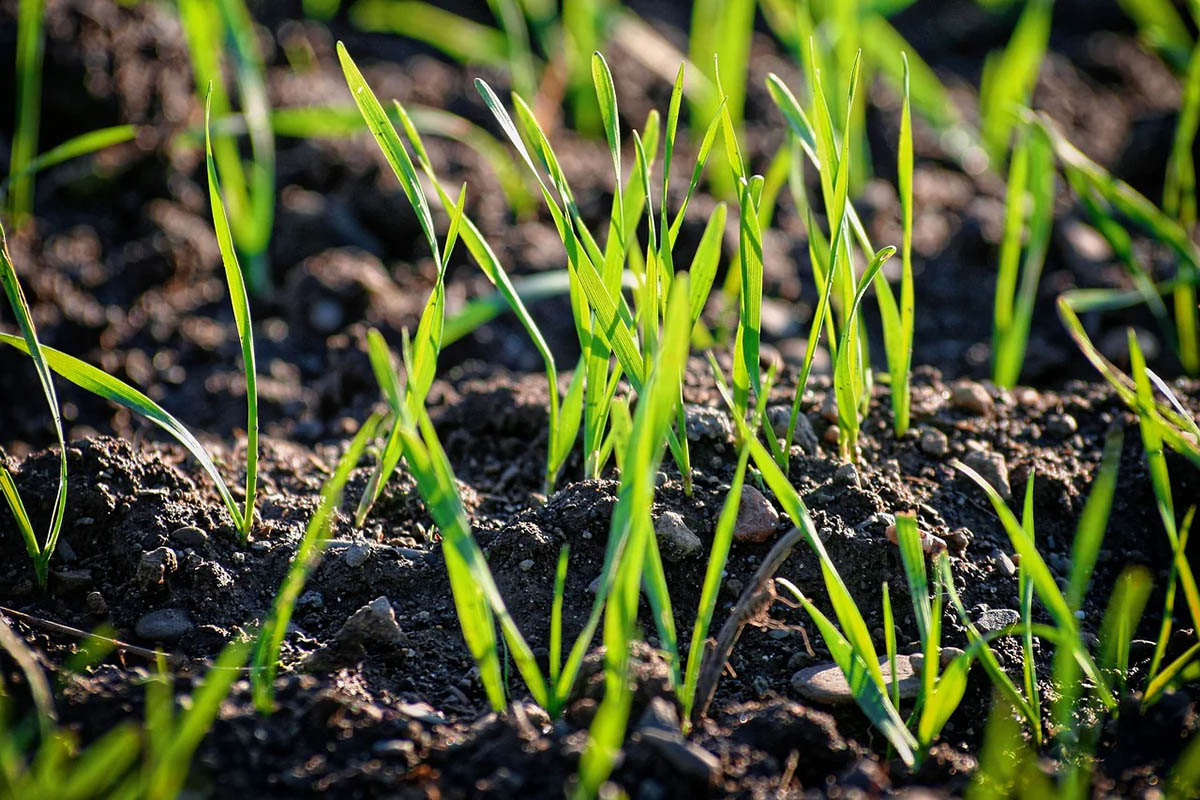
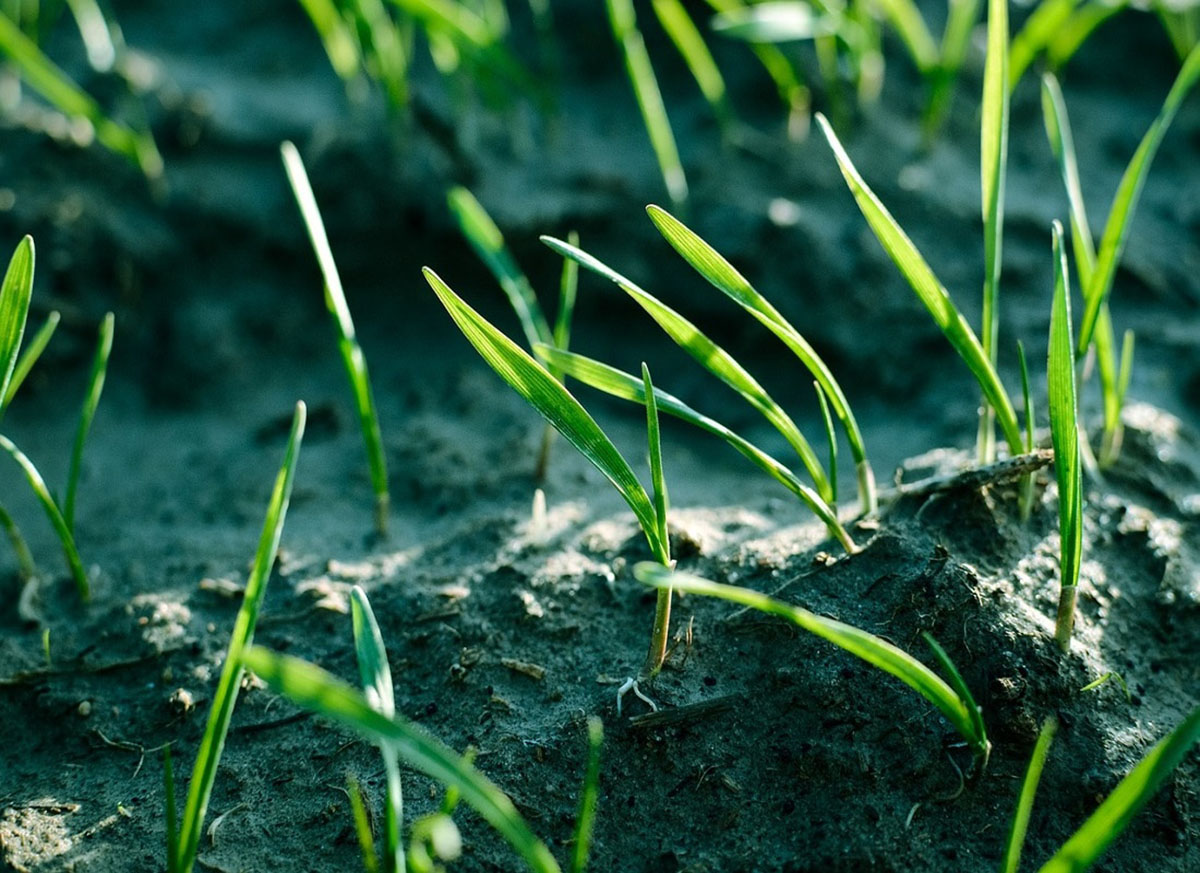
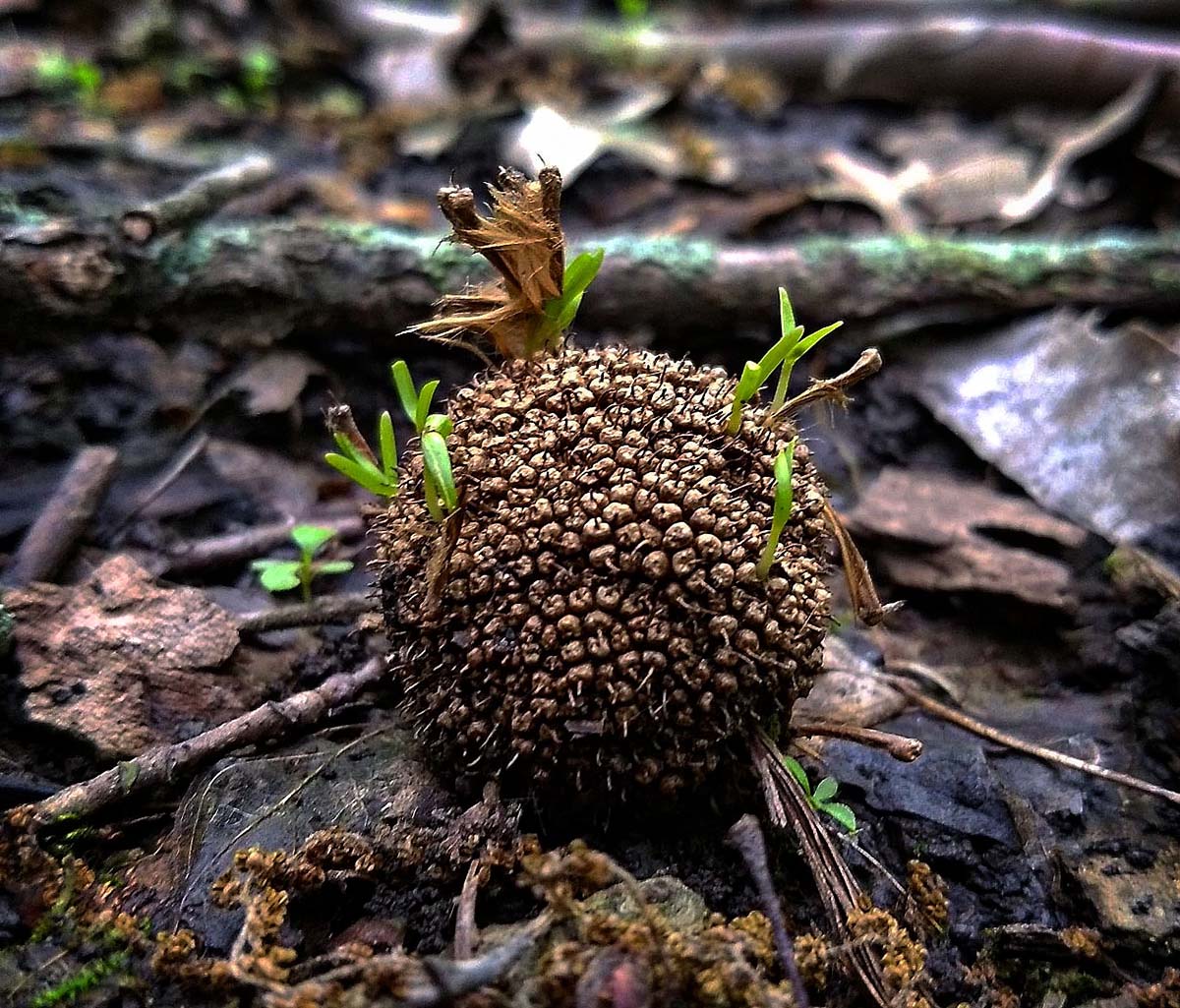
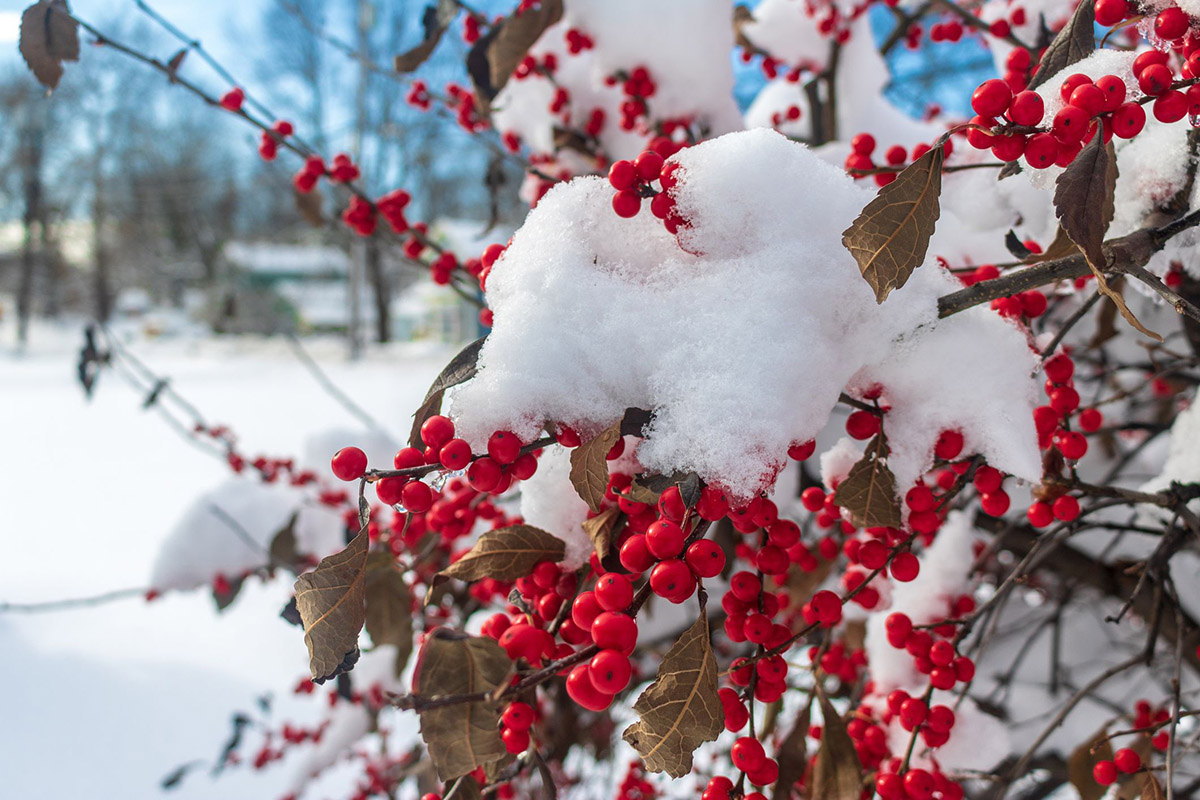
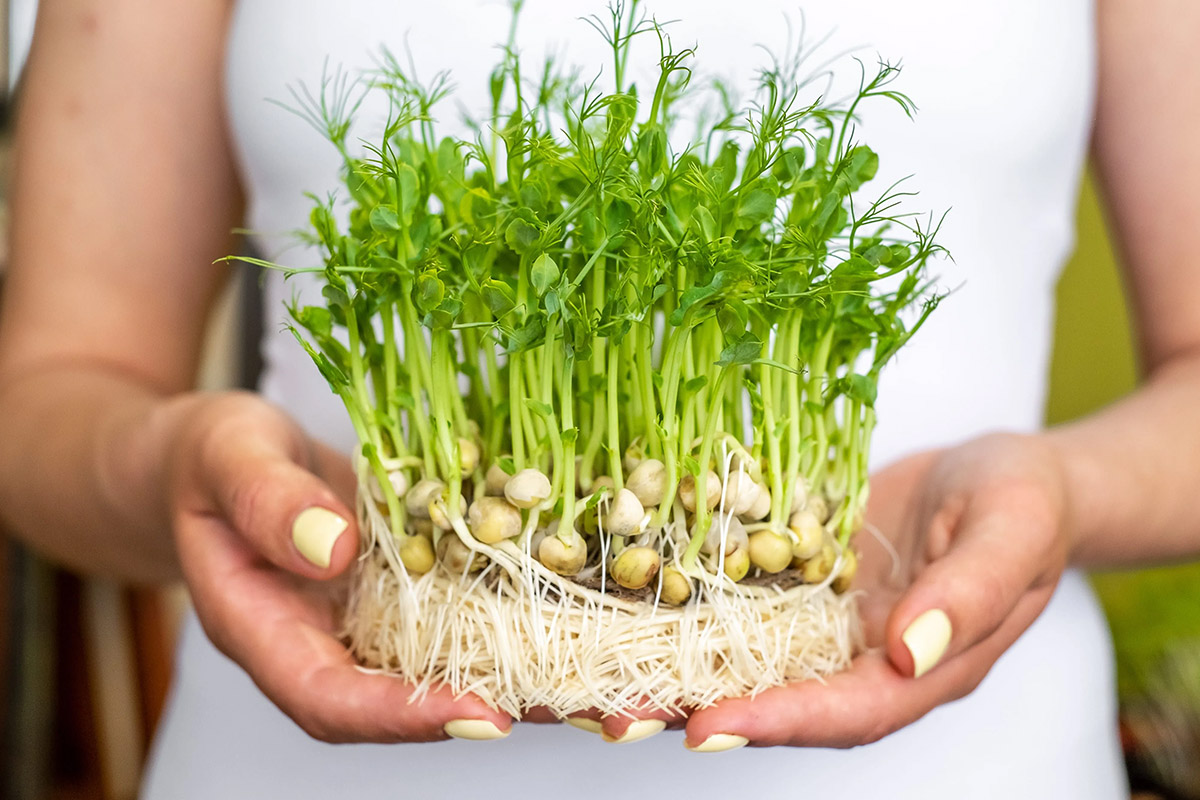
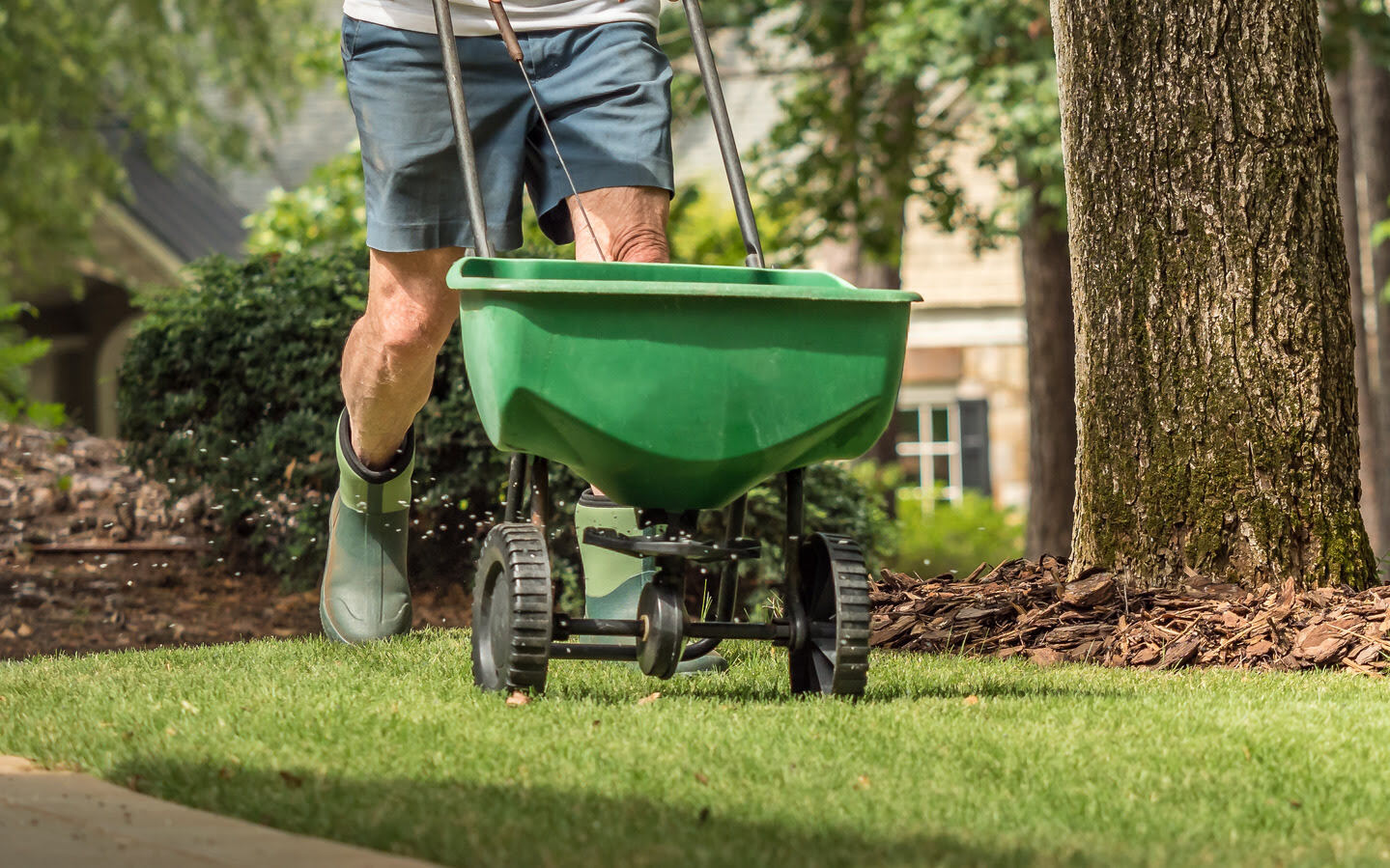

0 thoughts on “What Temperature Do Plants Germinate In”